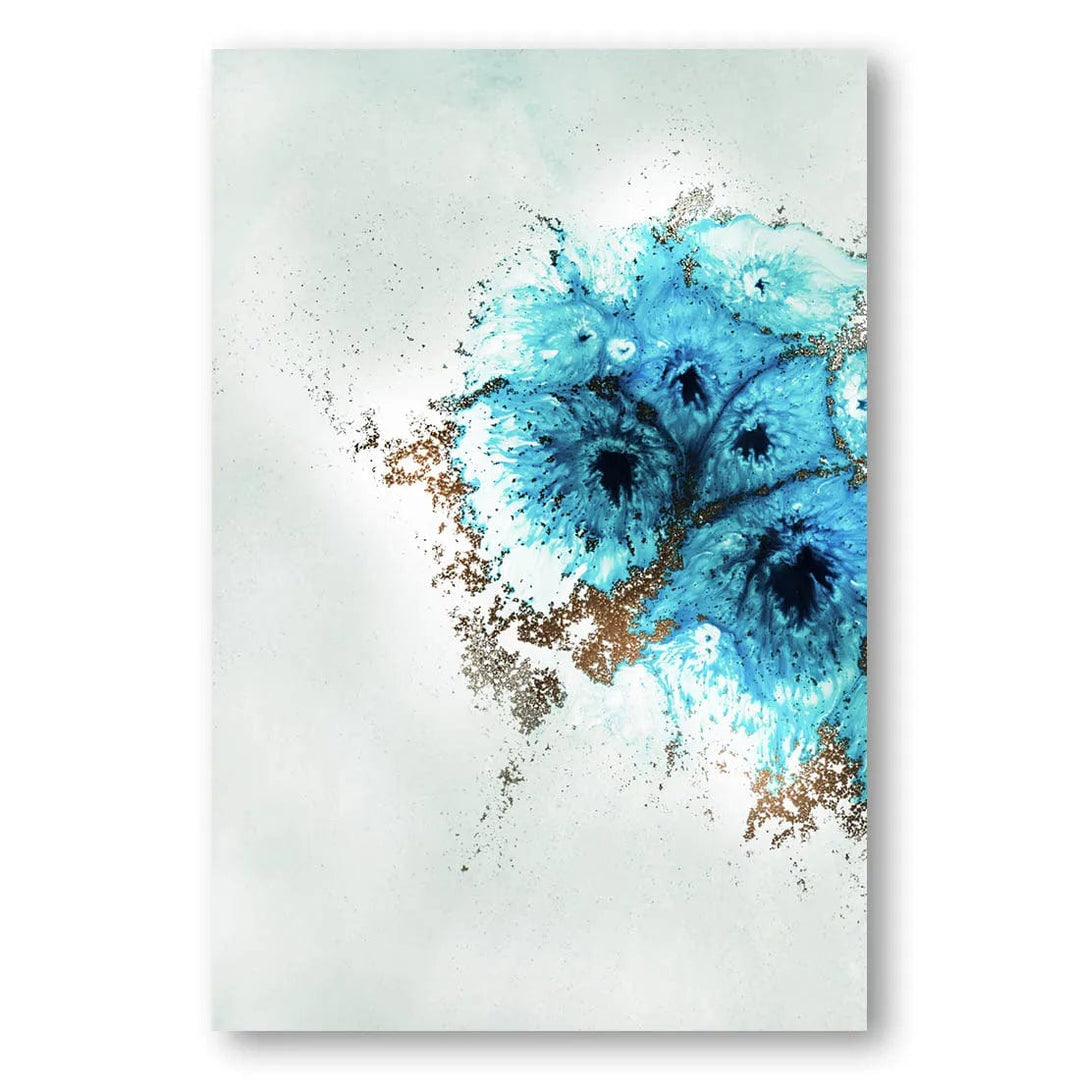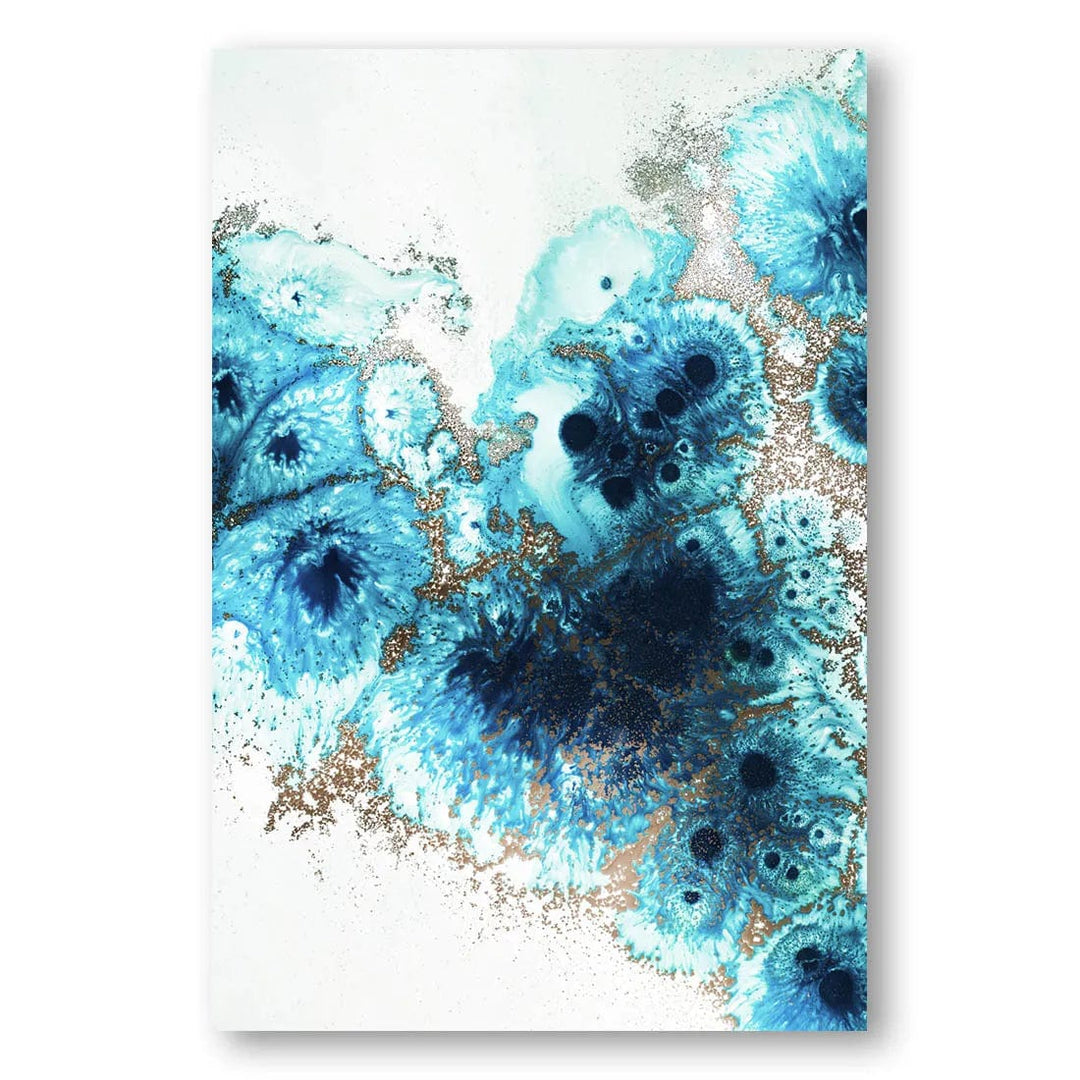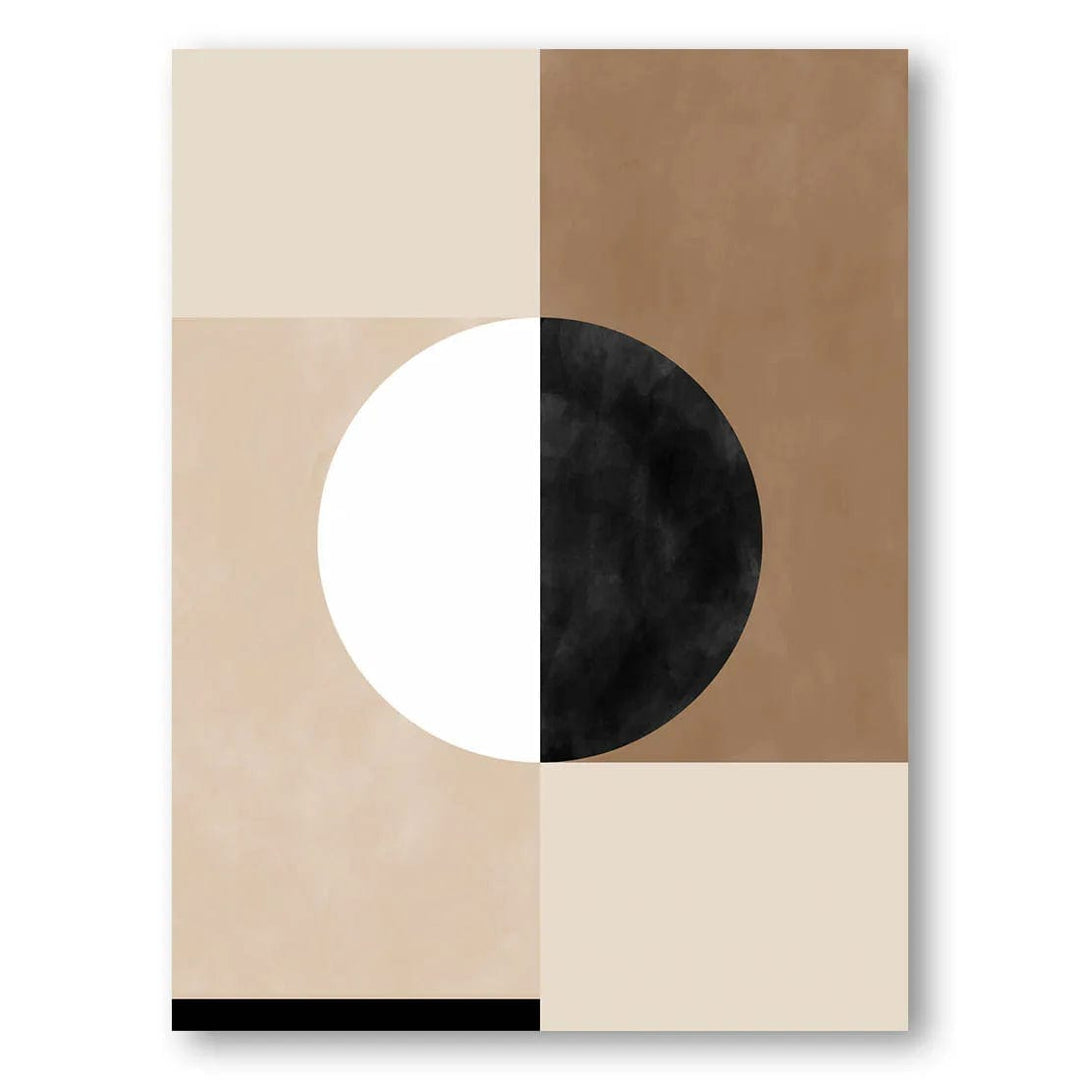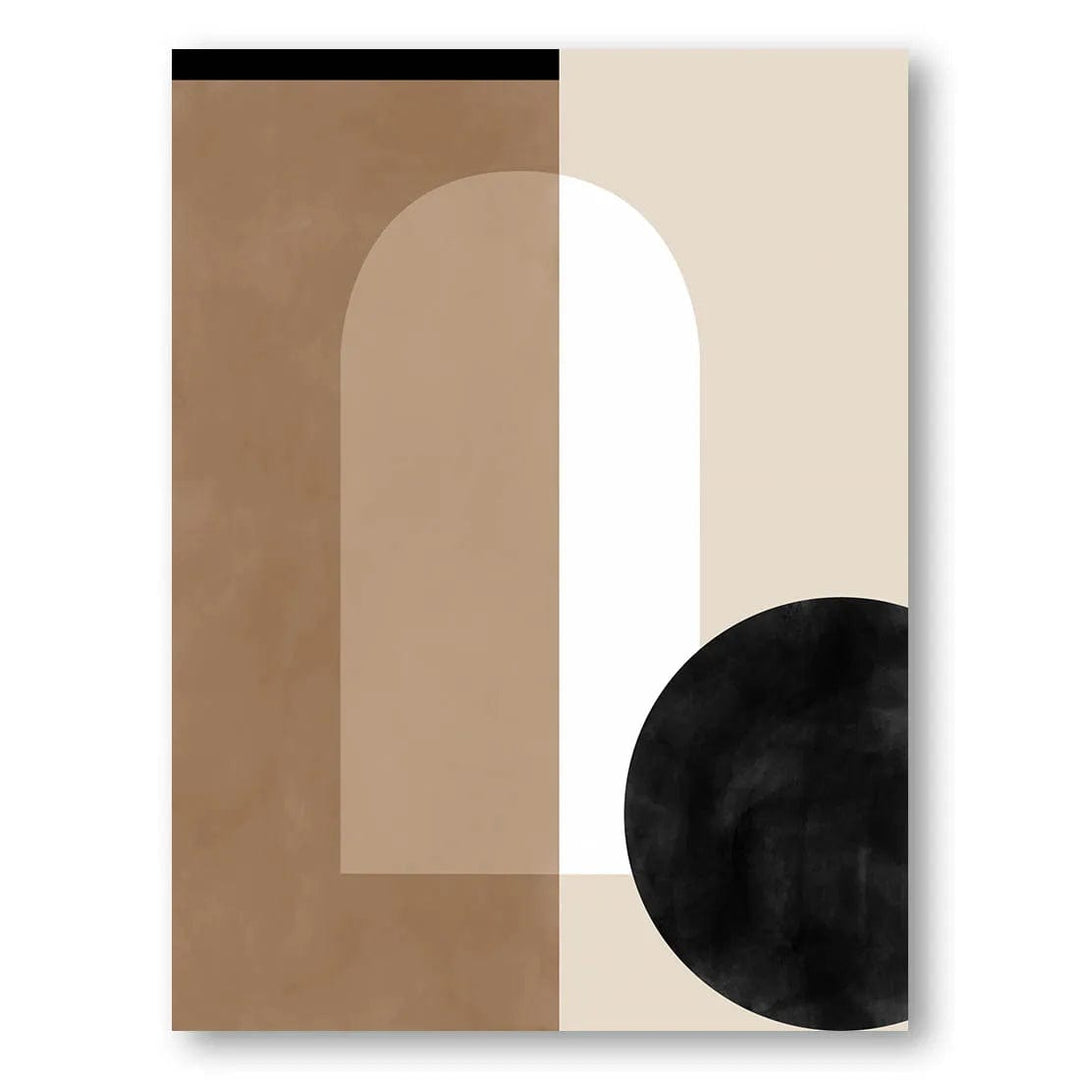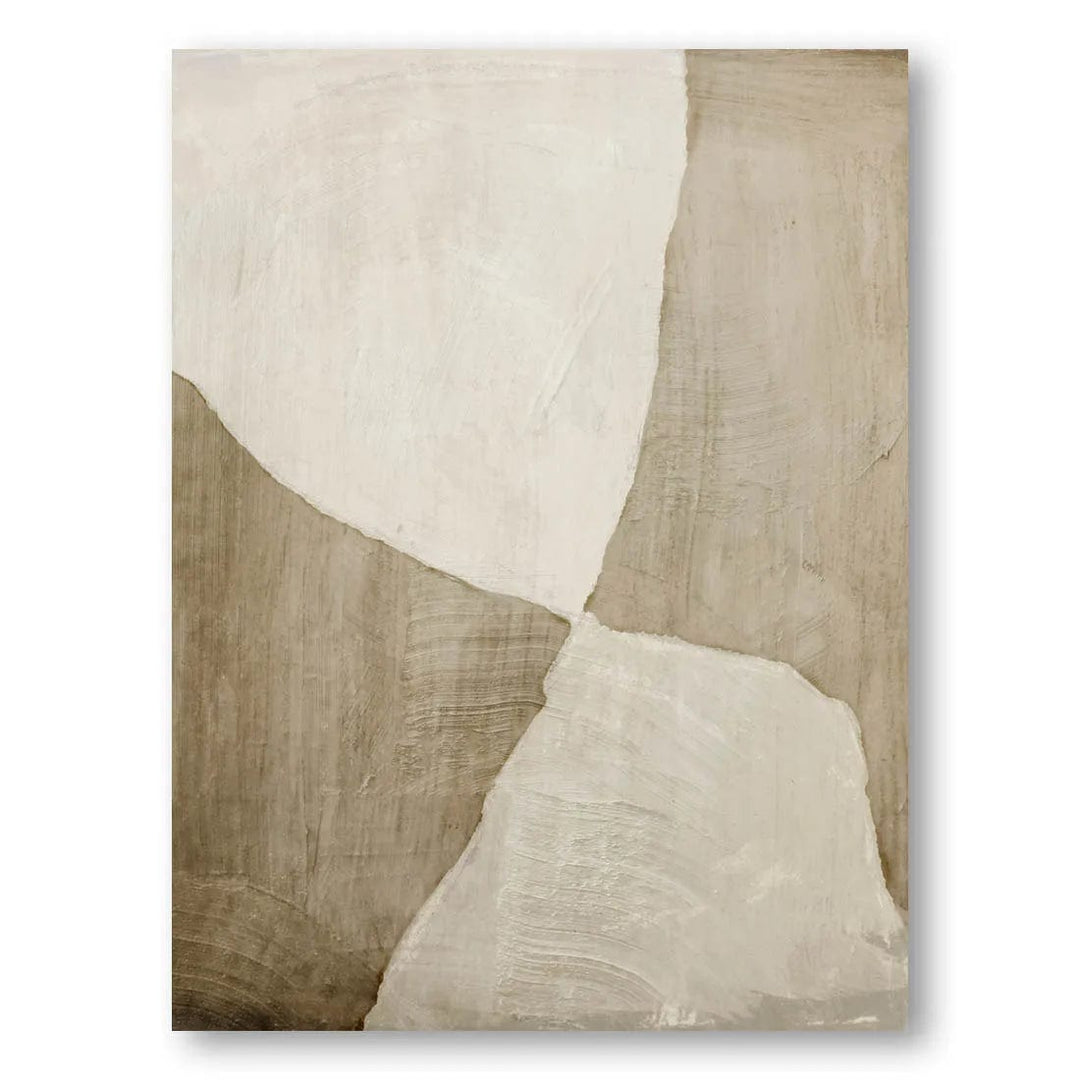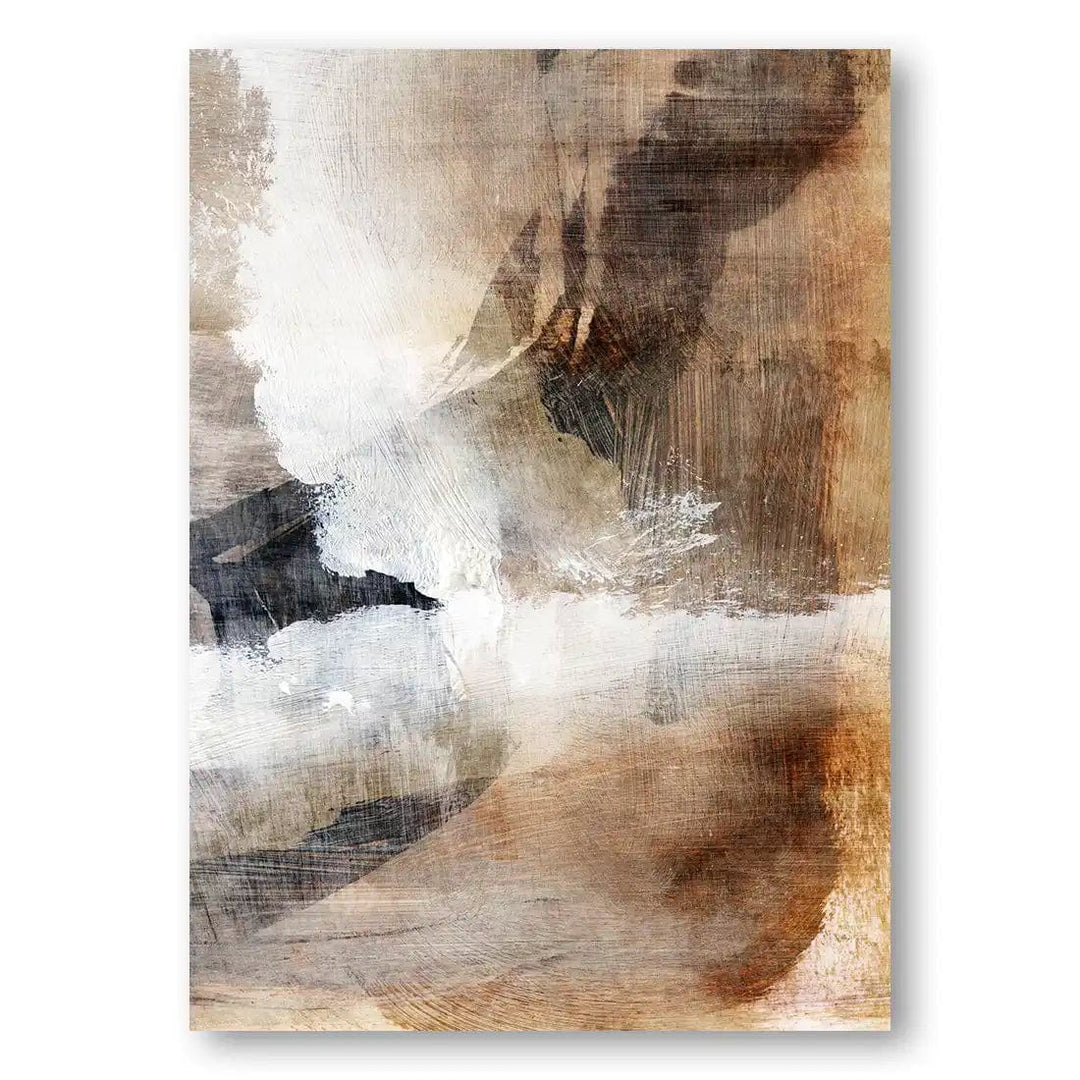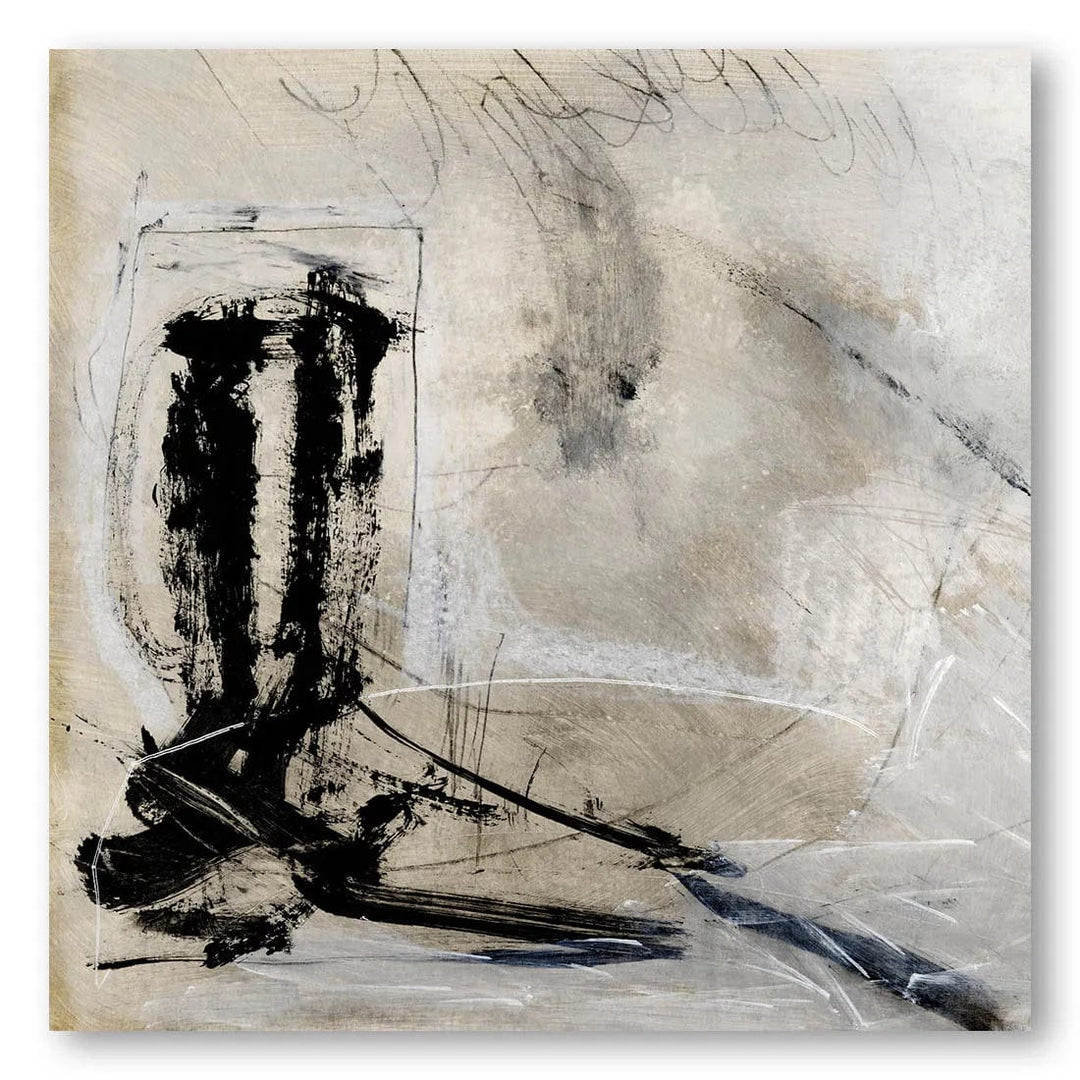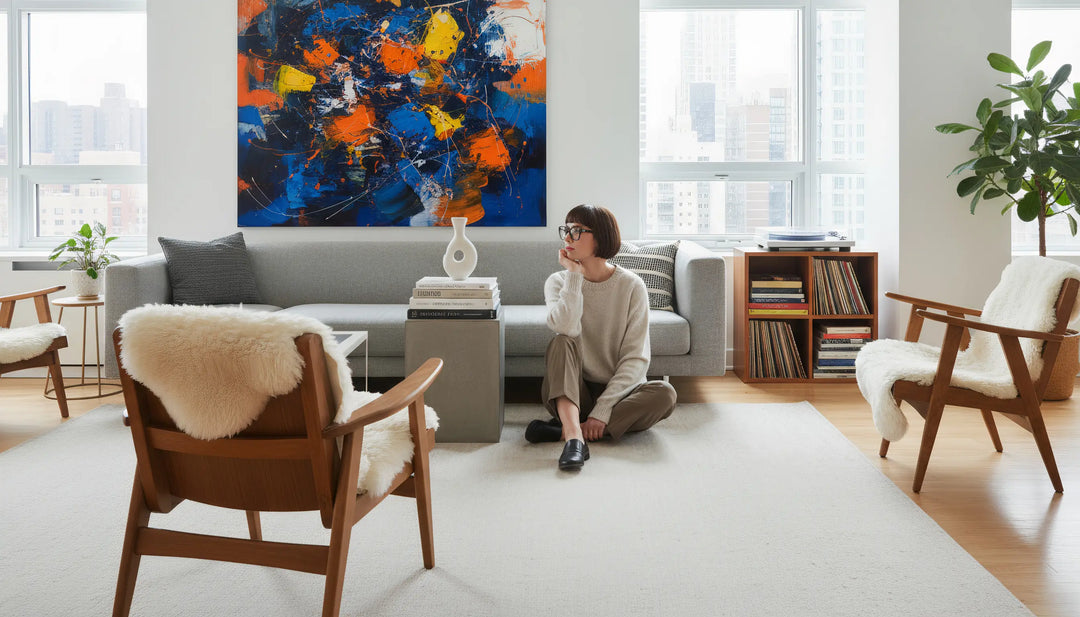Key Takeaways
- Scientifically Proven Impact: Research shows abstract art activates brain regions linked to emotion, memory, and reward processing
- Color Psychology: Blue promotes calm and reduces stress, while warm colors like red and yellow increase alertness and energy
- Neurological Benefits: Viewing abstract art triggers dopamine release and activates the brain's reward system
- Historical Foundation: Abstract movements like Color Field painting pioneered the use of pure color for emotional expression
- Therapeutic Applications: Art therapy professionals use abstract art to help process emotions and trauma
- Stone & Gray Collection: Curated abstract prints designed to enhance specific emotional atmospheres in your home
Author's Note: This article synthesizes findings from neuroaesthetics research, color psychology studies, and art therapy practice to explore how abstract art influences our emotional well-being. All product recommendations are based on established color theory and compositional principles.
How abstract art affects our emotions represents one of the most fascinating intersections between neuroscience, psychology, and visual culture. Research now makes clear that experiencing or creating art sparks a dynamic interplay among brain cells that spearheads billions of changes affecting our thoughts, emotions, and actions. As specialists in curating transformative abstract art at Stone & Gray, we've witnessed firsthand how the right piece can fundamentally shift the emotional atmosphere of a space, drawing on decades of scientific research into the powerful connection between visual art and human psychology.
The Neuroscience Behind Abstract Art and Emotions
The field of neuroaesthetics, pioneered by neuroscientist Semir Zeki at University College London, has revolutionized our understanding of how art affects the brain. With the help of neuroimaging technology, researchers have discovered that there is an area of the brain called the medial orbital frontal cortex that always "lights up," or correlates with the perception of beauty, whether it is in response to visual, musical, mathematical, or even moral beauty.
What makes abstract art particularly powerful is its direct pathway to emotional centers. Abstract art frees our brain from the dominance of reality, enabling it to flow within its inner states, create new emotional and cognitive associations, and activate brain-states that are otherwise harder to access. This neurological freedom allows viewers to project their own emotional experiences onto the artwork, creating deeply personal and transformative encounters.
The Brain's Response to Abstract Art
Aesthetic experiences emerge from the interaction between sensory–motor, emotion–valuation, and meaning–knowledge neural systems. When we view abstract art, three key neural networks activate:
- Reward System: Releases dopamine, serotonin, and oxytocin
- Default Mode Network: Processes personal identity, meaning, and creativity
- Emotional Centers: Activates areas linked to mood regulation and stress reduction
Color Psychology: The Science of Emotional Response
Color psychology research provides concrete evidence for how different hues influence our mental and physical states. Research on color and alertness has shown that blue light increases subjective alertness and performance on attention-based tasks, while red can increase heart rate and signal dominance.
Blue: The Science of Serenity
Blue is universally associated with calmness and trust, helping to lower heart rate and reduce stress. It's the most effective color for promoting sleep and mental relaxation. The cool blue tones in our featured pieces work on a physiological level to activate the parasympathetic nervous system, promoting rest and restoration.
Warm Colors: Energy and Stimulation
Colors in the red area of the spectrum can evoke emotions ranging from feelings of comfort and warmth to feelings of excitement and urgency. Red can increase heart rate and signal dominance, while yellow boosts mood but may cause visual fatigue in large doses. These physiological responses make warm-toned abstract art particularly effective for spaces where you want to encourage activity, creativity, or social interaction.
Historical Context: Abstract Art's Emotional Revolution
Understanding how abstract art affects emotions requires appreciating the historical movements that established color and form as primary emotional communicators. The Abstract Expressionist movement of the 1940s and 1950s pioneered two distinct approaches to emotional expression through abstraction.
Color Field Painting: Pure Emotional Expression
Color Field painters like Mark Rothko, Barnett Newman, and Clyfford Still created art based on simplified, large-format, color-dominated fields. For Rothko, color evoked emotion, and each work was intended to evoke different meanings depending on the viewer. This movement established that color could be freed from objective context and become the subject in itself.
The influence of these pioneers can be seen in contemporary abstract art's continued focus on large areas of color designed to create immersive emotional experiences. Rothko said, "I paint big to be intimate," reflecting the notion toward the personal rather than the grandiose.
Composition and Form: The Architecture of Emotion
While color captures immediate attention, the compositional elements of abstract art create sustained emotional engagement. The visual brain segregates visual elements such as luminance, color, and motion, as well as higher-order objects, and aesthetic encounters engage these sensory systems.
These geometric abstractions demonstrate how compositional elements influence cognition. Balanced, symmetrical forms tend to activate brain regions associated with order and predictability, making them ideal for spaces where concentration and calm decision-making are priorities.
Art Therapy and Professional Applications
The therapeutic power of abstract art is well-documented in clinical research. Dr. Cathy Malchiodi, PhD, LPCC, LPAT, REAT, is a leading international expert in art therapy and expressive arts therapy, with over 30 years of experience in trauma intervention. Her research demonstrates how abstract art facilitates emotional processing and healing.
"Expressive arts therapy--the purposeful application of art, music, dance/movement, dramatic enactment, creative writing, and imaginative play--is a non-verbal way of self-expression of feelings and perceptions. More importantly, they are action-oriented and tap implicit, embodied experiences that can defy expression through verbal therapy or logic."
Research confirms that "the creative process itself is truly the most healing part of any art therapy experience", but even passive viewing of abstract art can provide significant emotional benefits.
Documented Therapeutic Benefits
| Emotional Benefit | Scientific Mechanism |
|---|---|
| Stress Reduction | Viewing calming abstract art lowers cortisol levels and activates parasympathetic nervous system |
| Mood Enhancement | Bright colors trigger dopamine and serotonin release in brain reward centers |
| Cognitive Stimulation | Abstract forms activate default mode network, enhancing creativity and problem-solving |
| Emotional Processing | Non-representational art allows projection of personal experiences and feelings |
Soft Neutrals: Creating Sanctuary Spaces
Neutral abstract art provides the perfect foundation for emotional regulation and mental restoration. Research shows that neutral colors with subtle variations can create environments that promote introspection without overstimulation.
These pieces exemplify how neutral abstract art can create what researchers call "soft fascination" – a gentle engagement that allows the mind to rest while maintaining interest. This psychological state is optimal for spaces intended for relaxation, meditation, or recovery.
Moody Abstracts: Embracing Emotional Complexity
Complex emotions require sophisticated visual languages. Recent research shows that people can intuitively understand the emotional content of abstract art, with certain visual cues being particularly effective in conveying specific emotions like contemplation and introspection.
These works demonstrate how abstract art can validate and process complex emotional states. The gestural quality of the marks creates what neuroscientists call "embodied simulation" – our brains mirror the energy and emotion of the artist's movements, creating a direct pathway to emotional understanding.
Practical Guidelines for Emotional Interior Design
Creating emotionally supportive environments with abstract art requires understanding both the science and your personal responses. Consider these evidence-based guidelines:
Evidence-Based Color Selection Guidelines
🎨 Live Color Mood Simulator
Adjust the sliders below to see how different color combinations affect emotional response
Color Composition
Predicted Emotional Effects:
🧘♀️ Stress Level: Moderate
⚡ Energy Level: Balanced
🎯 Focus Level: Good
😊 Mood Impact: Positive
💡 Ideal for: Balanced living spaces requiring both calm and gentle stimulation
- For Stress Reduction: Choose blues and soft greens (60%+ blue in our simulator above)
- For Energy and Creativity: Incorporate warm colors in moderation (30-50% red/yellow)
- For Focus and Concentration: Select balanced compositions with high blue, low red values
- For Emotional Processing: Consider complex, gestural works that allow personal interpretation
Scale and Placement Considerations
Following the Color Field tradition, larger works create more immersive emotional experiences. As Rothko demonstrated, scale contributes directly to meaning – larger works create intimate rather than grandiose experiences. Place significant pieces at eye level in spaces where people spend extended time for maximum emotional benefit.
The Future of Abstract Art and Well-being
Emerging research in neuroaesthetics continues to validate what artists and collectors have long understood intuitively. The ultimate aim is to examine how aesthetic experiences can be used therapeutically to foster meaningful, desirable, behavioral change in a wide range of settings.
As our understanding deepens of how abstract art affects our emotions, we can make increasingly informed choices about the visual environments that support our mental health and well-being. The science confirms what we experience daily at Stone & Gray: abstract art is not mere decoration, but a powerful tool for emotional transformation and psychological support.
Conclusion: Embracing Evidence-Based Emotional Design
The relationship between abstract art and human emotion is both scientifically measurable and deeply personal. This knowledge elevates the arts to a superpower in its potential for healing and empowerment. By understanding the neurological, psychological, and historical foundations of how abstract art affects our emotions, we can create living and working environments that actively support our emotional well-being.
At Stone & Gray, every piece in our collection is selected not only for its aesthetic merit but for its potential to contribute to emotional health and psychological flourishing. Whether you're seeking the calming influence of color field-inspired blues, the grounding stability of geometric abstractions, or the complex emotional resonance of gestural works, our curated selection offers scientifically-informed options for transforming your emotional environment.
Ready to Transform Your Space with Science-Based Abstract Art?
Explore our curated collection of abstract prints, each selected for its proven potential to enhance emotional well-being and create transformative living environments.
Shop Abstract Art CollectionResearch Sources & Expert Credentials
Dr. Cathy Malchiodi - PhD, LPCC, LPAT, REAT, leading international expert in art therapy and expressive arts therapy with over 30 years of clinical experience
Neuroaesthetics Research - Findings from University College London, Brain and Creativity Institute USC, and peer-reviewed studies in Journal of Vision
Color Psychology Studies - Research published in Emotion journal, PMC, and validated by multiple independent laboratories


